Opera
Advisor: Mr, Reza Mahdizadeh
Design and 3d modeling: Sonia Nosrati
This design is for the opera of Parvin, based on the play of Parvin by Hussein Kiani, published by the publication of the play. This play is a slice of the life of Parvin Etesami, a great Iranian poet. This scene is designed with a focus on the Pahlavi era and for the main hall of the Tehran Unity Hall and its lighting and machinery facilities. This design of the scene has been able to create a suitable space to tell the story of Parvin Etesami. The use of traditional Iranian elements in the scene helps to create a sense of nostalgia and empathy with the audience. Also, the use of lighting and machinery helps to create a romantic and poetic atmosphere.
Concept of the Veranda
The veranda has an indoor-outdoor nature and is an important part of old Iranian houses.
Since Parvin’s personality is introverted, but at the same time she has a relatively good relationship with her surroundings and is generally popular and engaged in social activities.
In fact, if I want to choose a part of the house that can be a big heart, the veranda would be the best choice.
The idea of the veranda for the set design of the Parvin opera is a clever and appropriate choice. The veranda is a space that is both indoor and outdoor, and this feature makes it a symbol of Parvin’s personality. Parvin, like the veranda, is introverted, but at the same time she has a good relationship with her surroundings and is engaged in social activities.
The veranda can be a suitable space to tell Parvin’s story. In this space, one can show different scenes from Parvin’s life, from her childhood and adolescence in her father’s house to her youth and social activities.
In the set design of the Parvin opera, traditional Iranian elements such as murals, tile work and wooden decorations can be used. These elements can help to create a beautiful and poetic atmosphere.
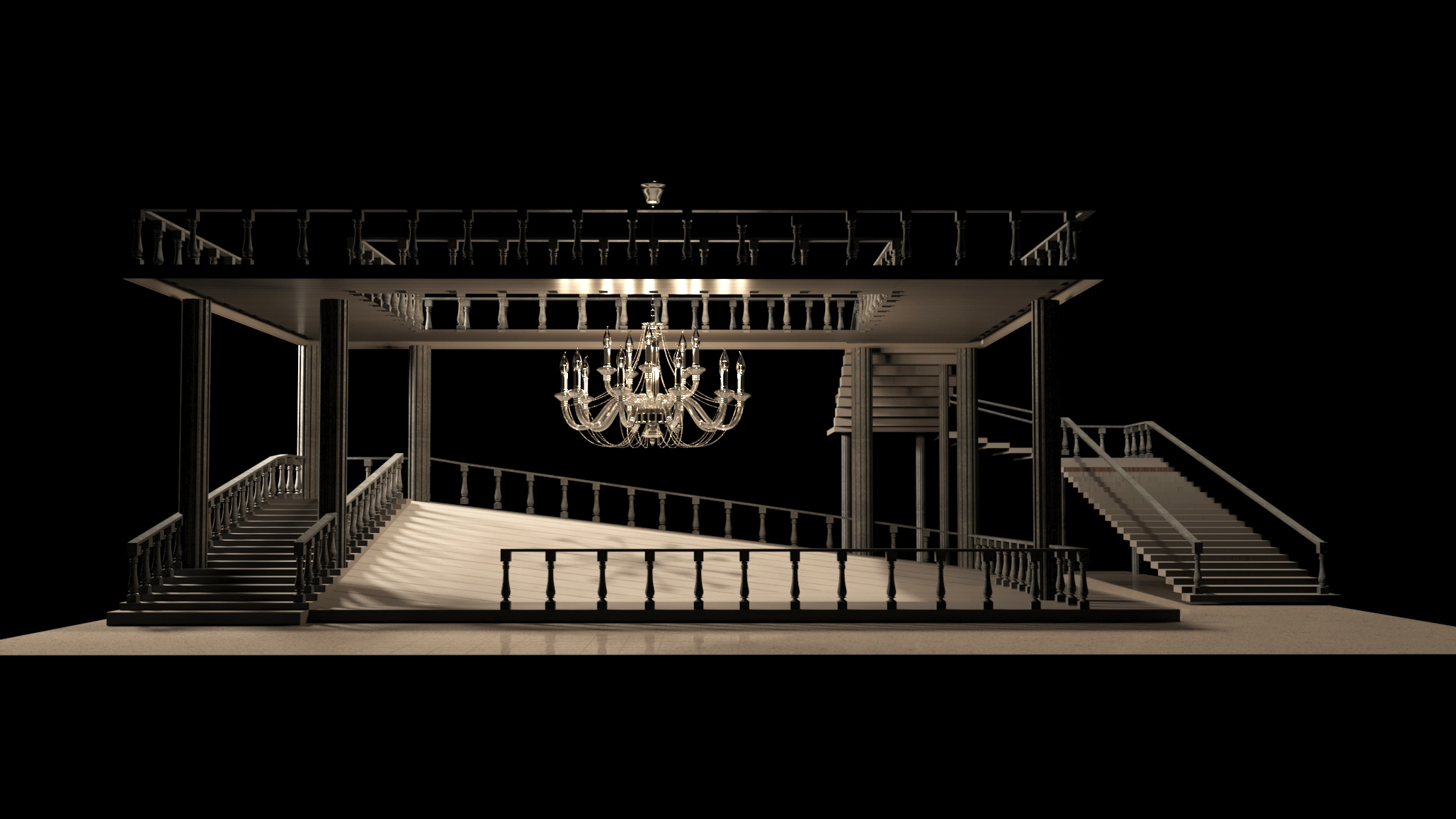
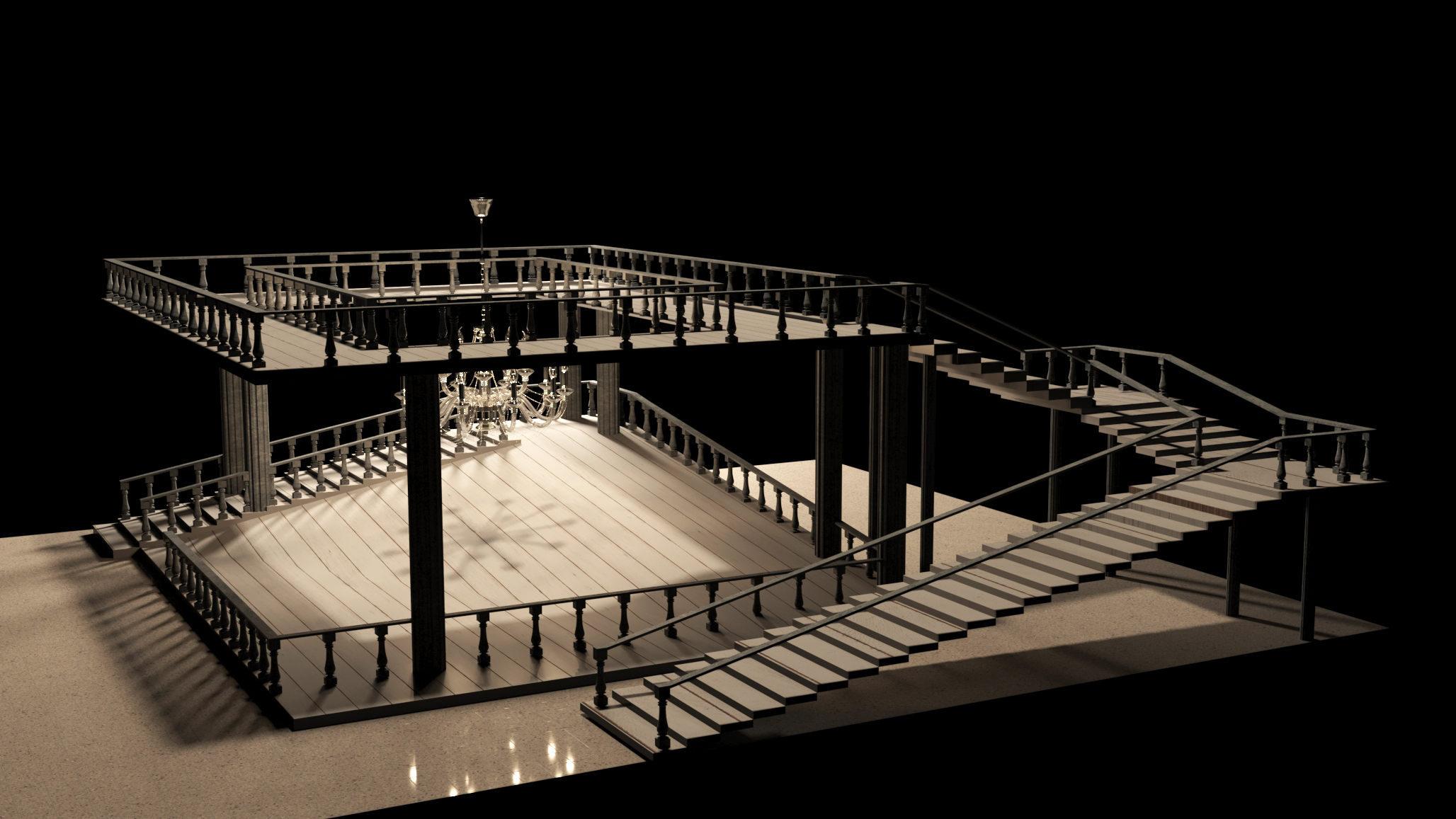
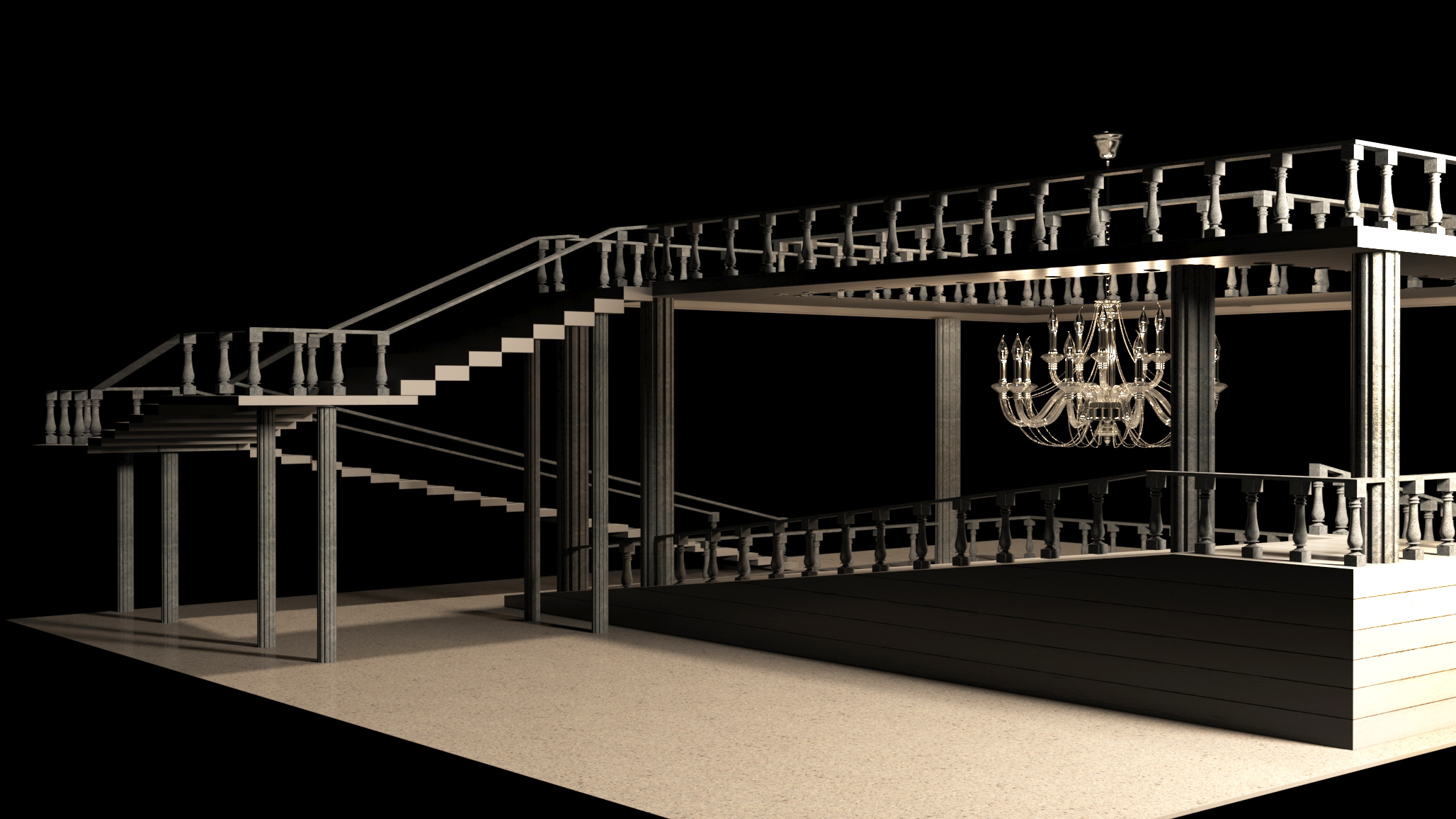

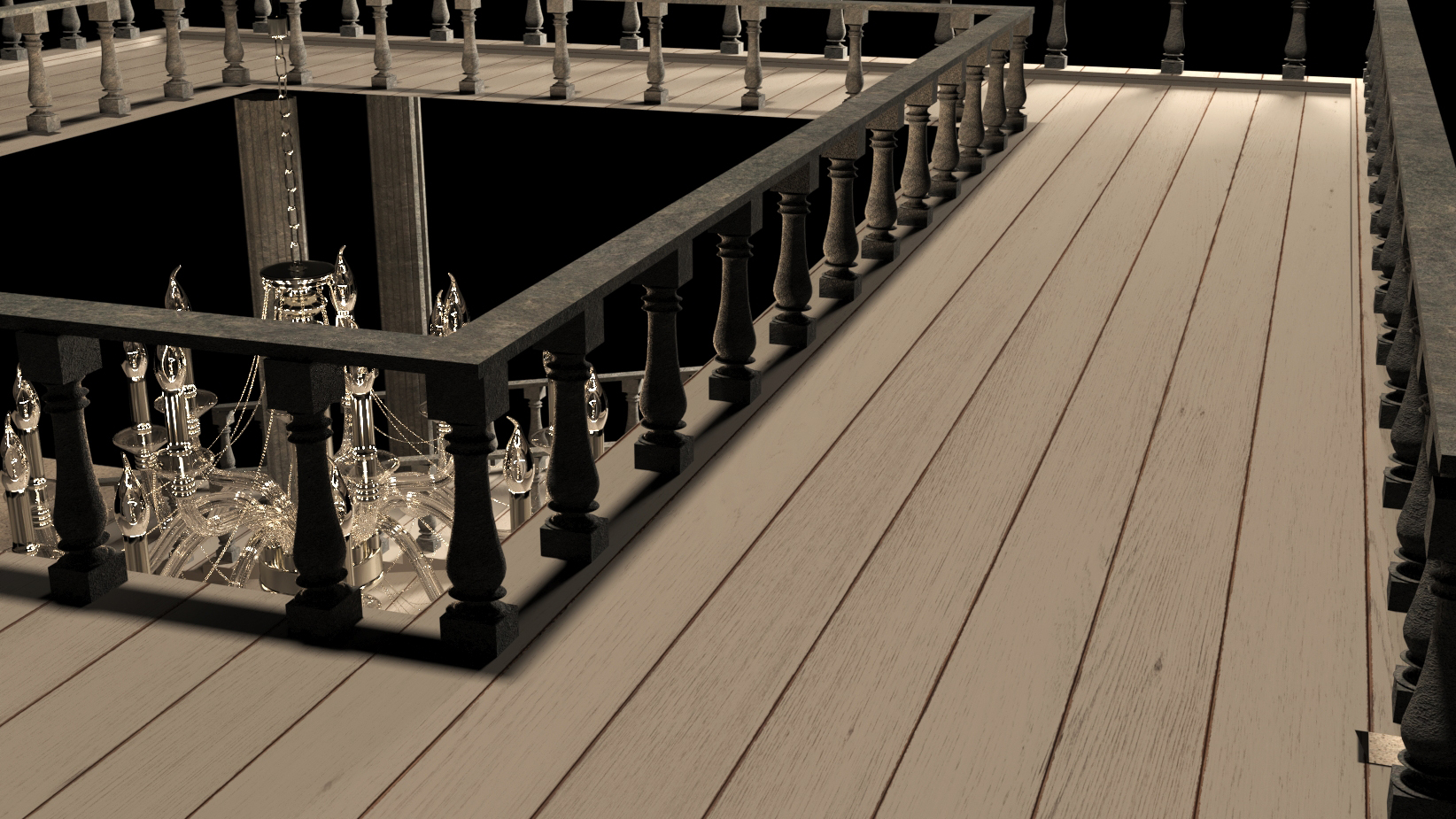
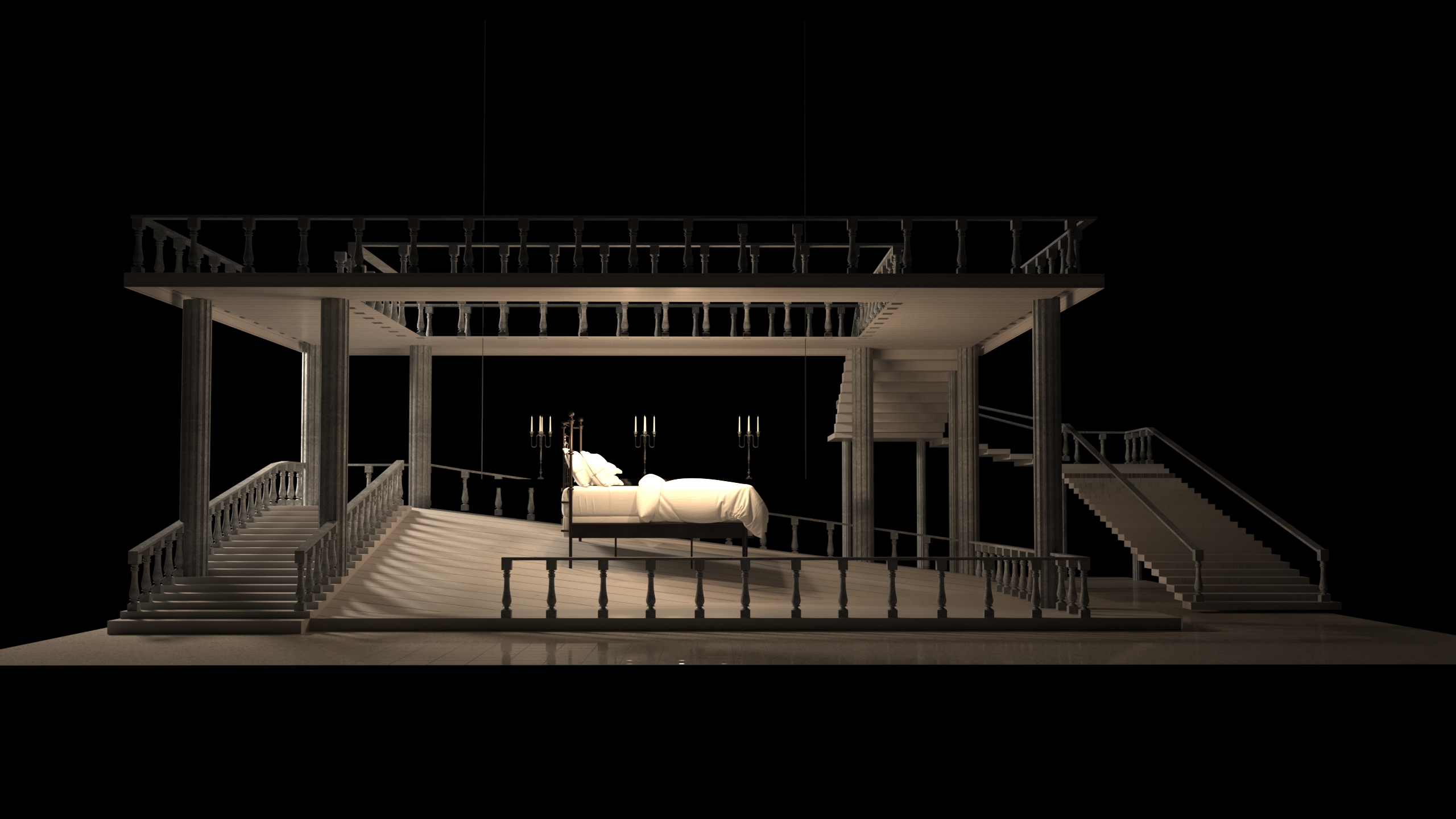
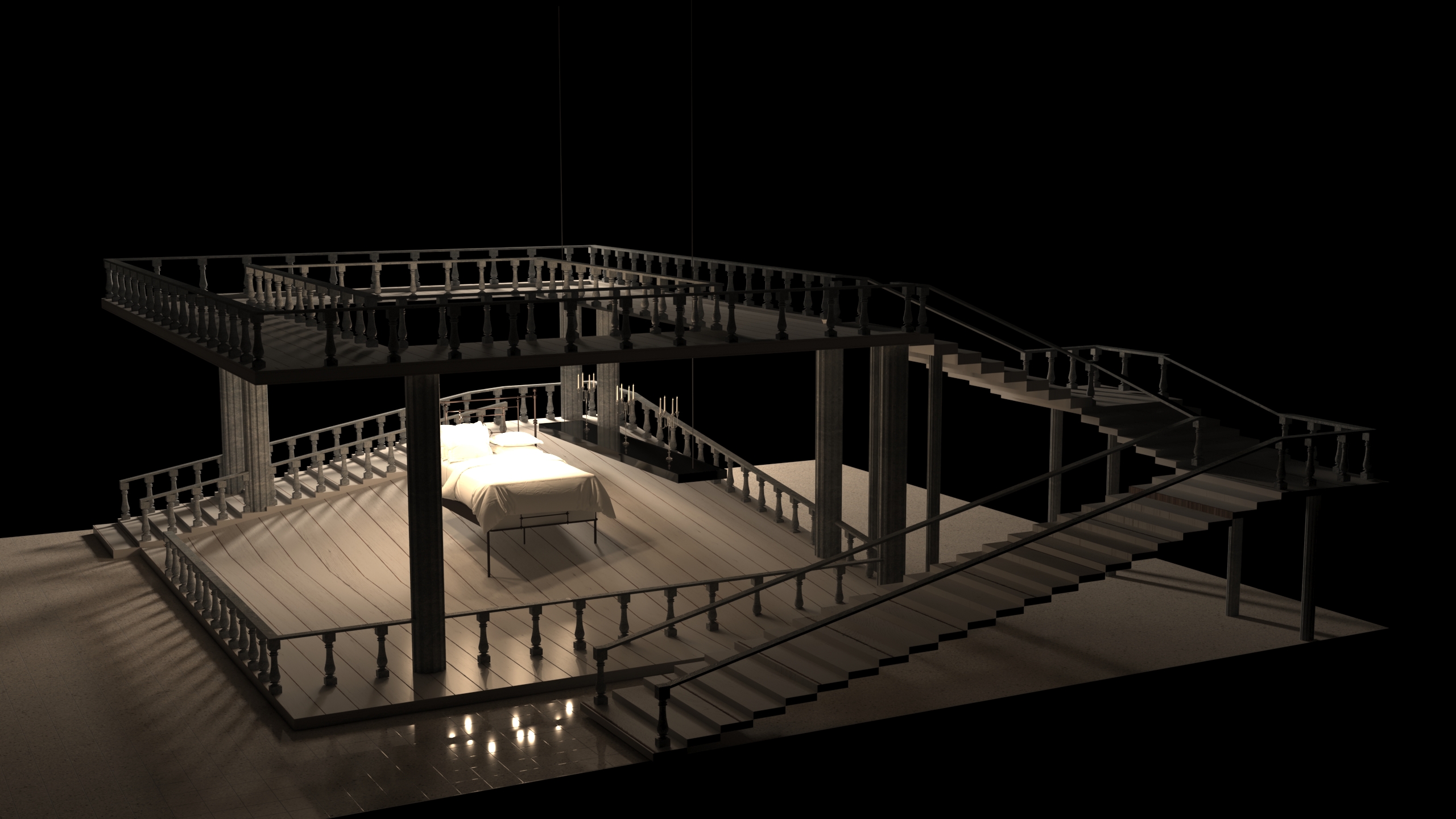

Tv Studio Design
Studio for a program which analyzes The Fajr Film Festival
Design and 3D modeling: Sonia Nosrati (Zahra)
This design for a television studio is for a hypothetical program that critiques and analyzes the Fajr Film Festival. The studio is based on one of the rectangular plateaus at Martini Studios in Vancouver, Canada.The design is intended to create a modern and futuristic space that is in keeping with the nature of the Fajr Film Festival. It is also intended to be a flexible space that can meet the diverse needs of the program. Additionally, the design is intended to create an inviting and engaging space that will draw in the audience.The initial concept for the design was to incorporate the form of the Simorgh bird, which is the main element of the Fajr Film Festival logo. However, as the designer developed their ideas and got closer to their desired vision, they created a space that utilizes Möbius display screens and ultra-modern furniture to create a truly futuristic world that evokes the role that cinema will surely play in shaping the future.
Statement of Design Philosophy and Concept
This design philosophy is based on the idea that the television studio should be a space that is both modern and futuristic, as well as flexible and inviting. The space should be able to accommodate a variety of programming needs, and it should be able to draw in the audience and keep them engaged.
The design concept is based on the use of Möbius display screens and ultra-modern furniture to create a truly futuristic world. The Möbius screens create an immersive and interactive space, while the ultra-modern furniture gives the space a sleek and sophisticated look. The neutral colors help to create a calm and focused space, while also allowing the content of the program to take center stage.
Overall, this design philosophy and concept is intended to create a television studio that is both visually appealing and functional. It is a space that is perfect for a program that critiques and analyzes the Fajr Film Festival, as it is a space that is both modern and futuristic, as well as flexible and inviting.
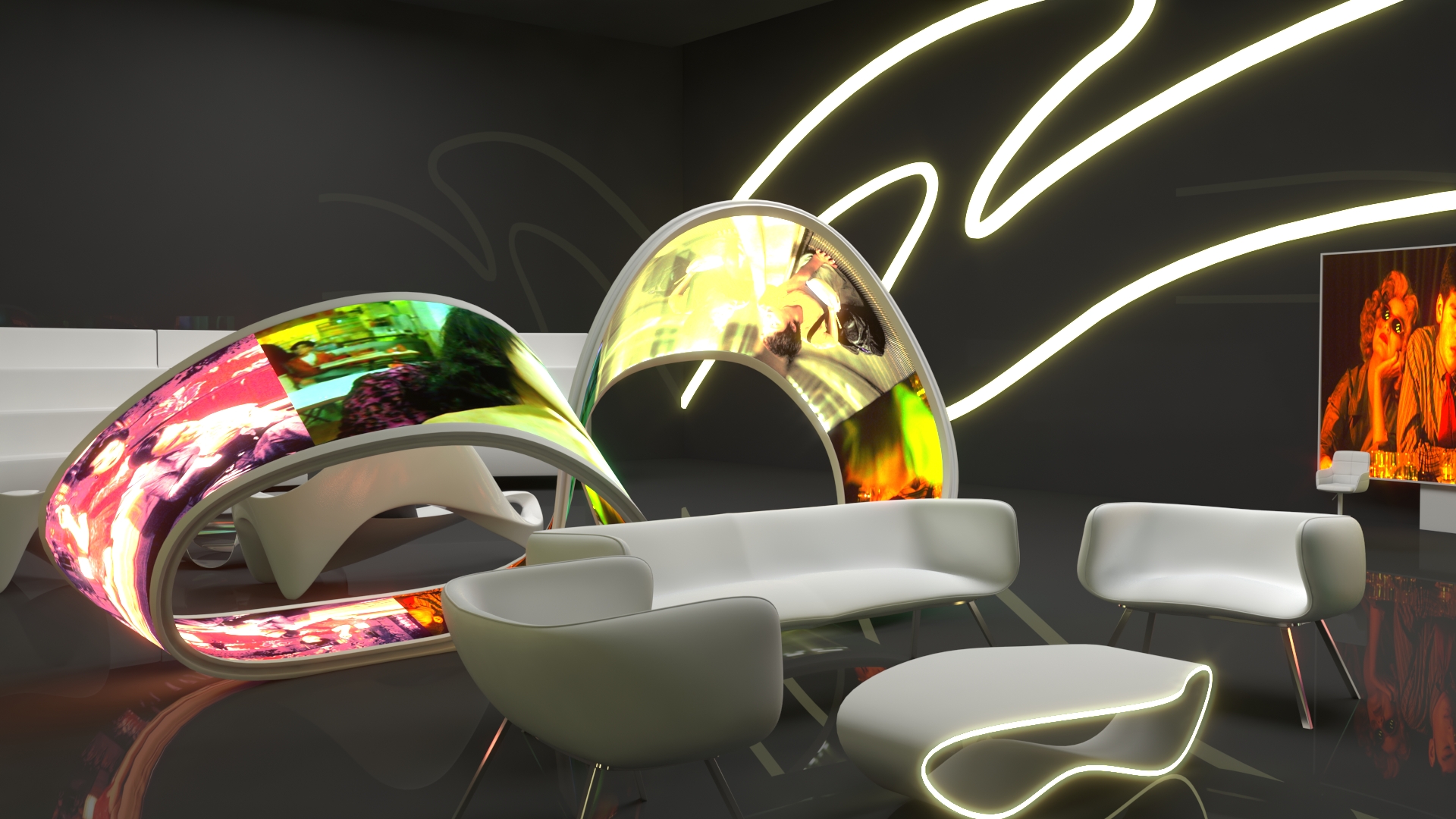
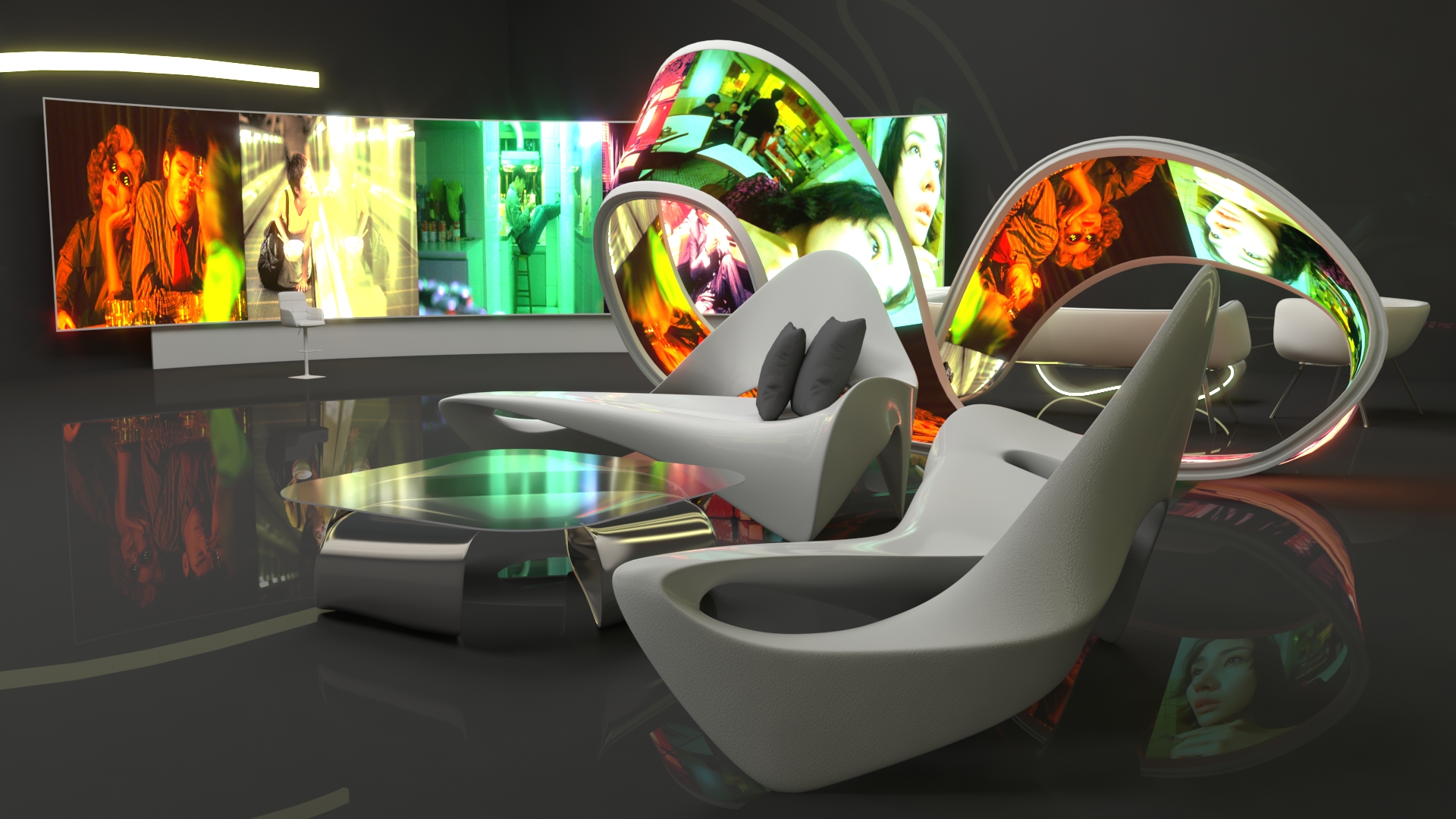
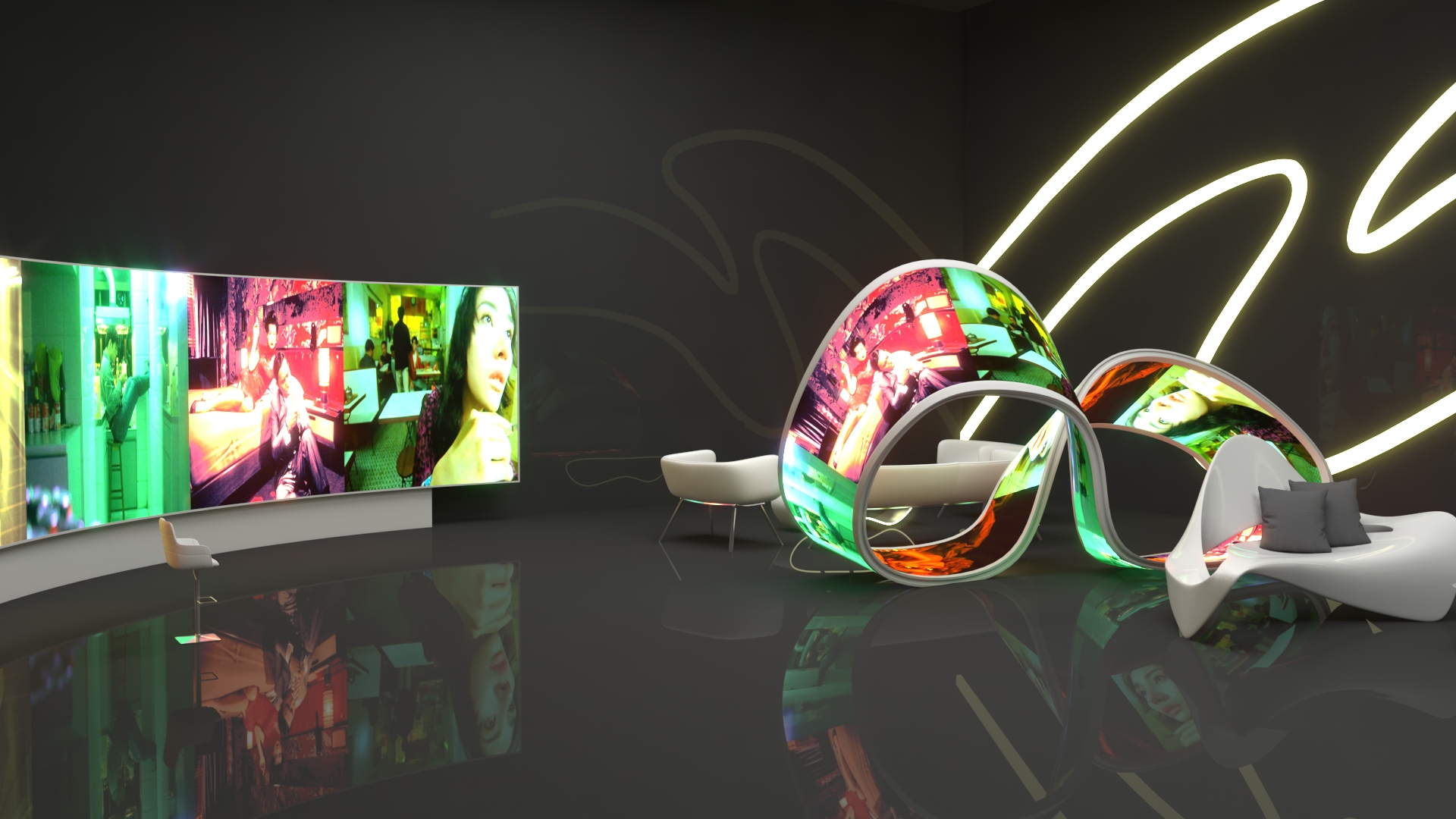
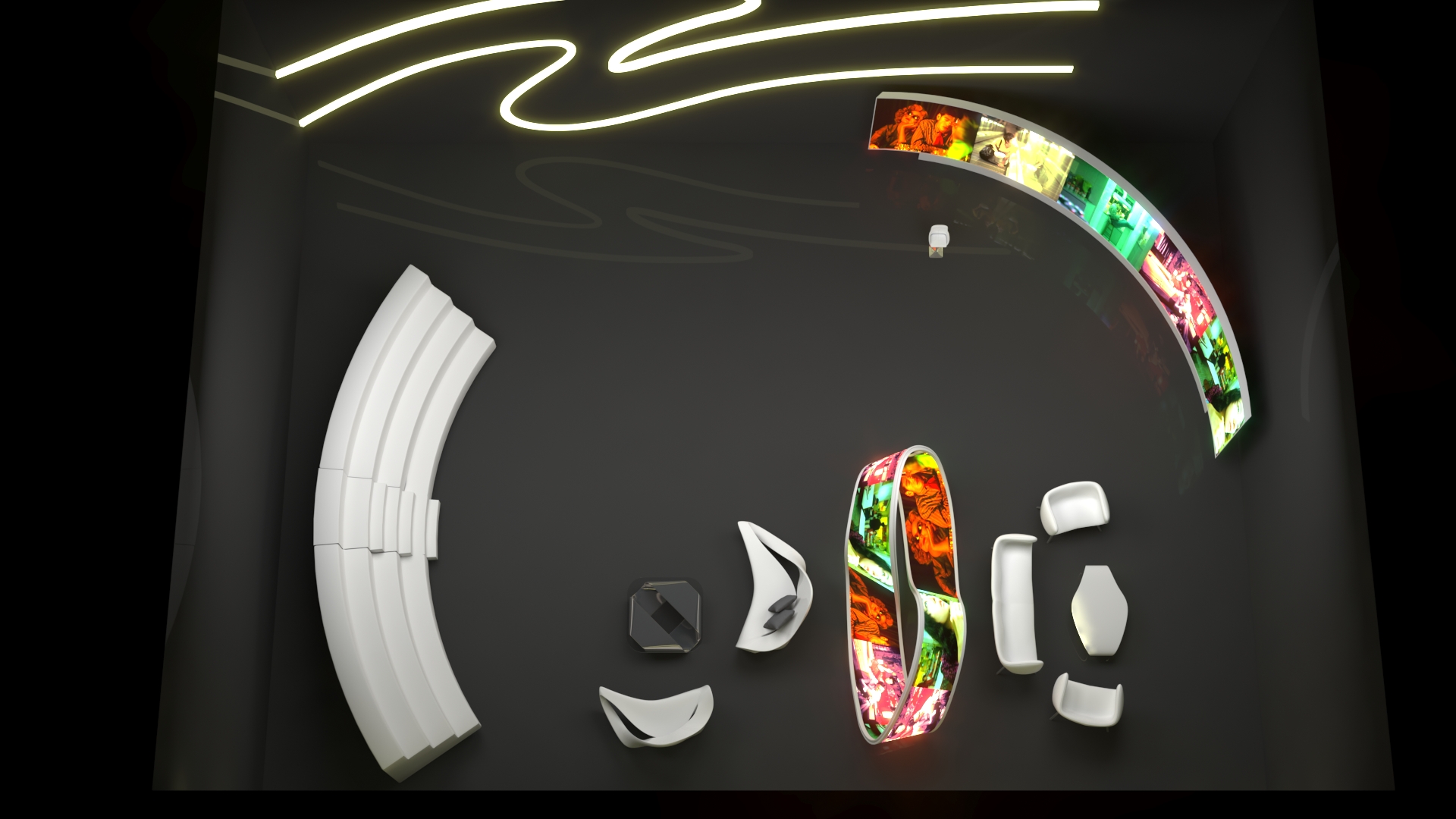
Cinema city design
Advisor: Mr. Engineer Reza Mehdi Zadeh
Design and 3D modeling: Sonia Nosrati (Zahra)
This project is a redesign of the Zansee Schans in the Netherlands, which has been converted into a film studio based on cinematic needs. The use of the architecture of the buildings and urban elements of this area has created visual diversity. In the map of this studio, paths have been designed for the easy movement of cameras on rails, as well as a watercourse that passes between the buildings, and scene shooting can be done with the help of a boat from between two rows of buildings.
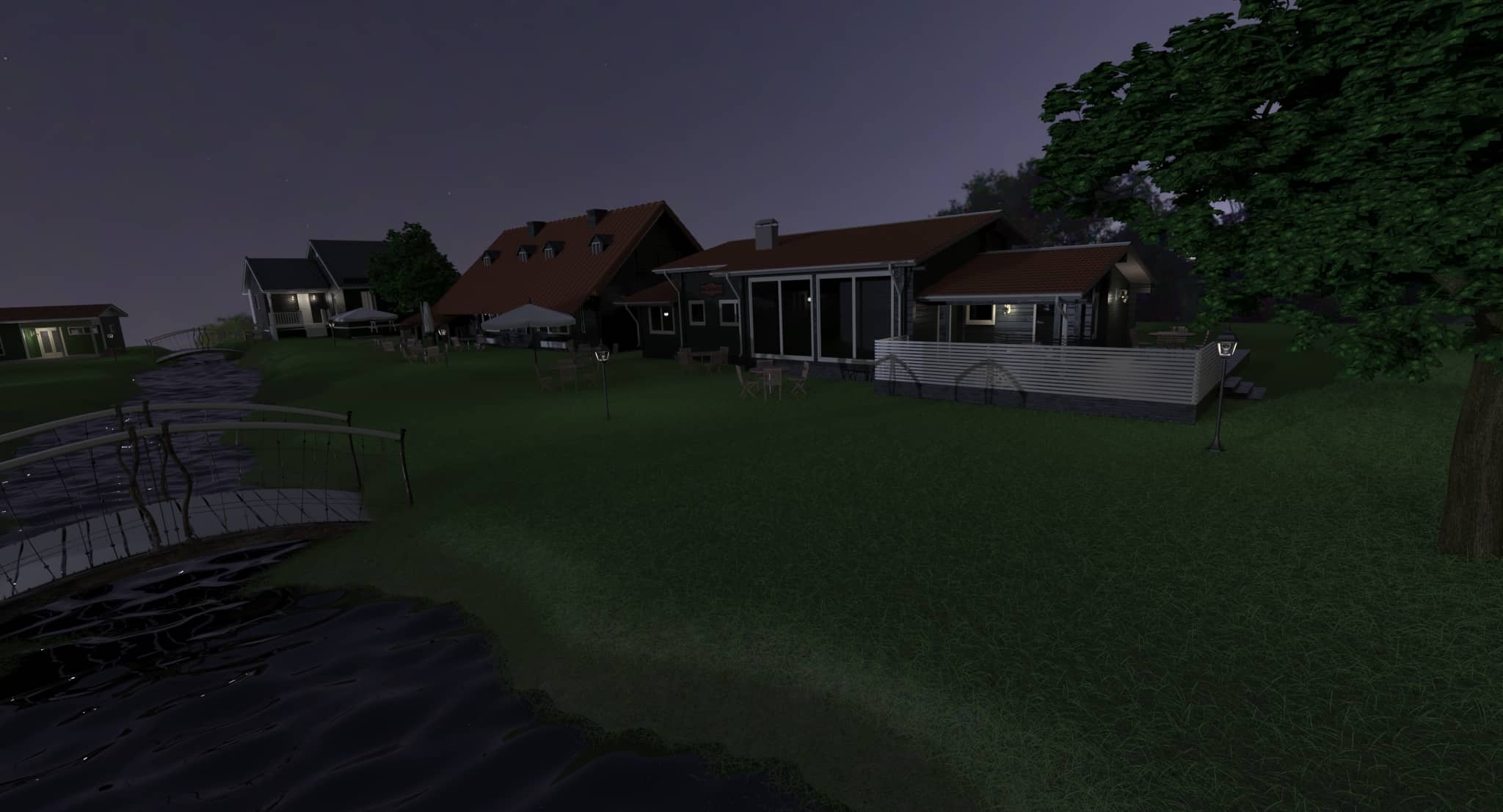
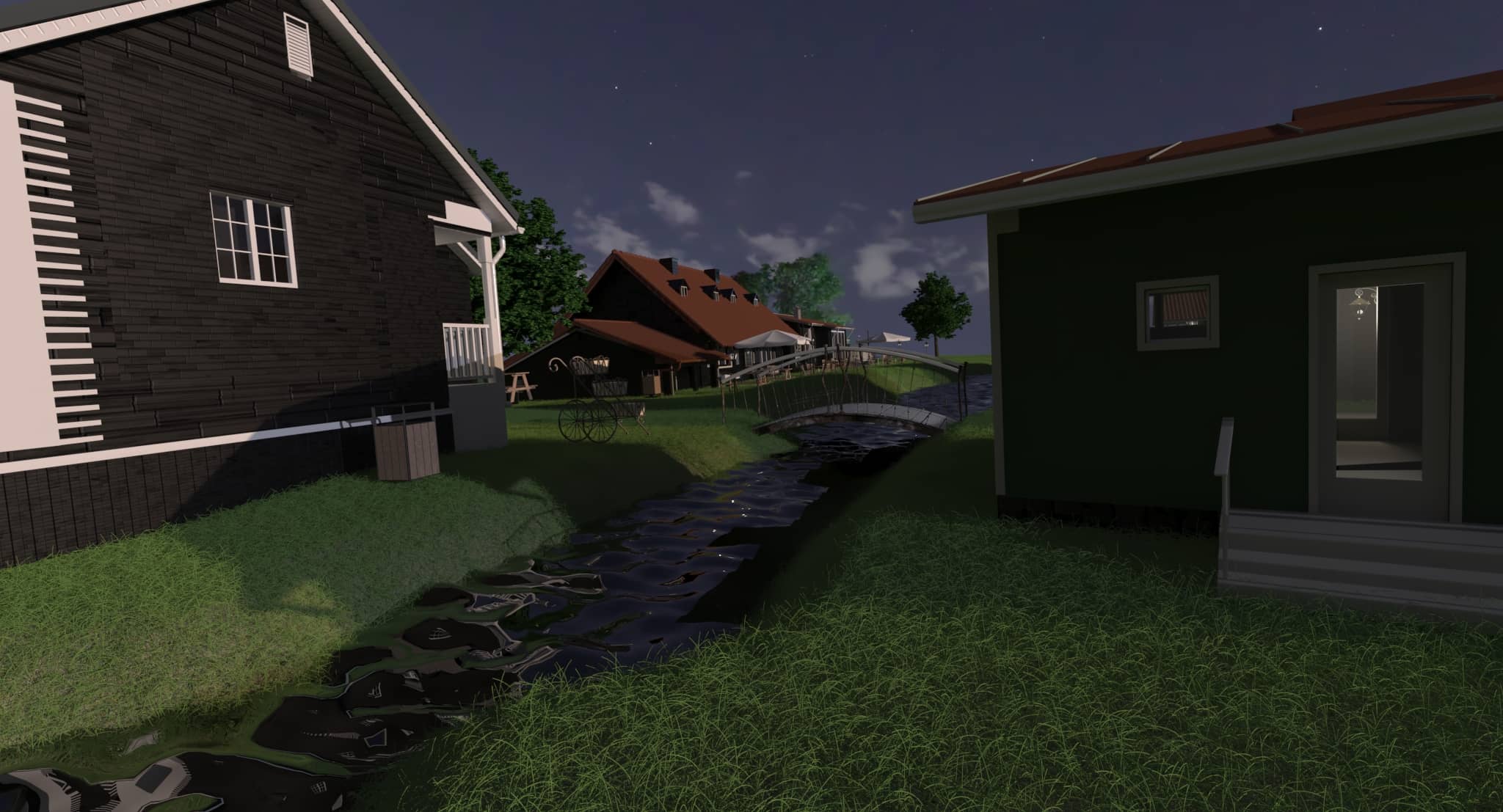
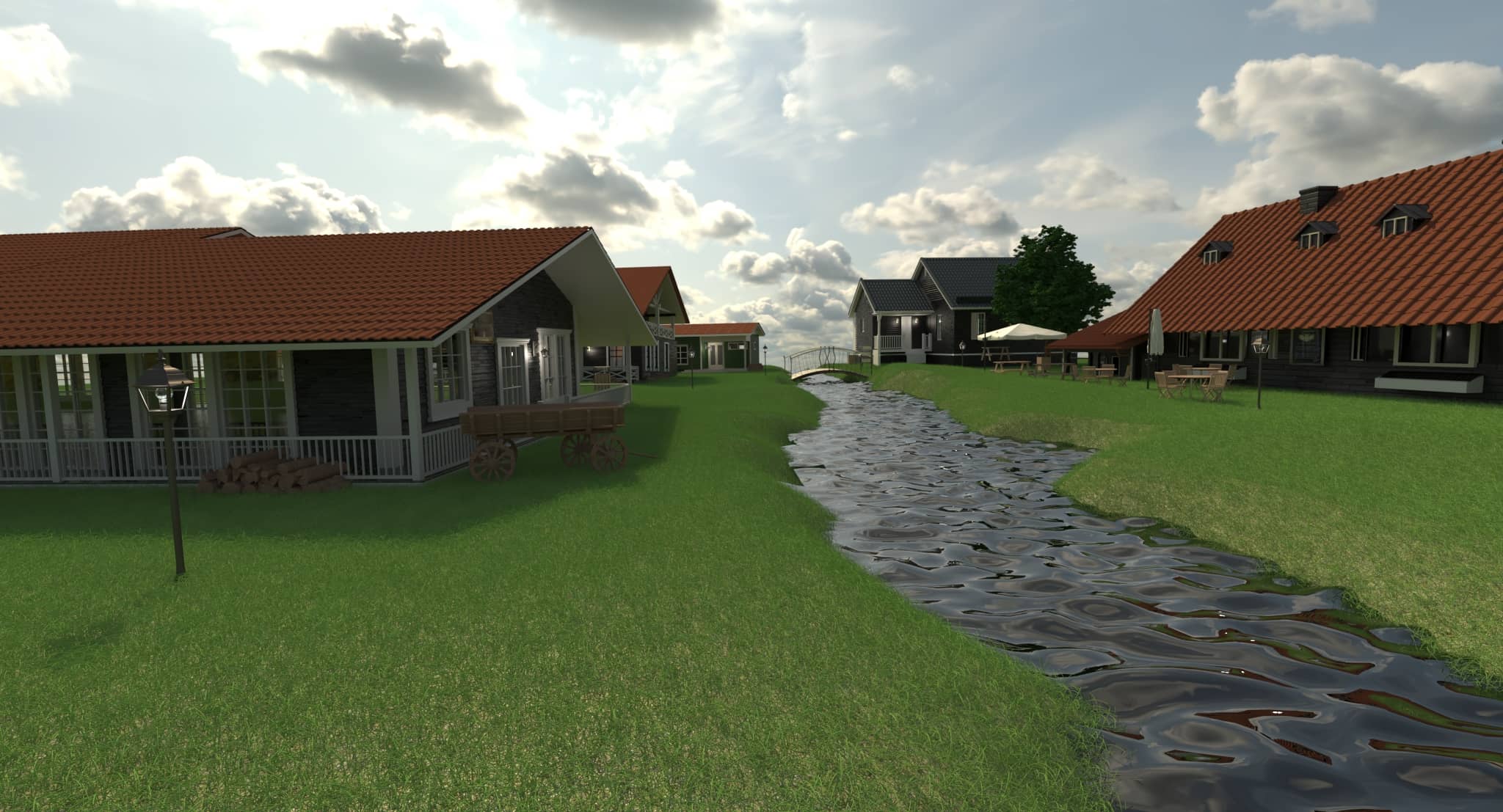

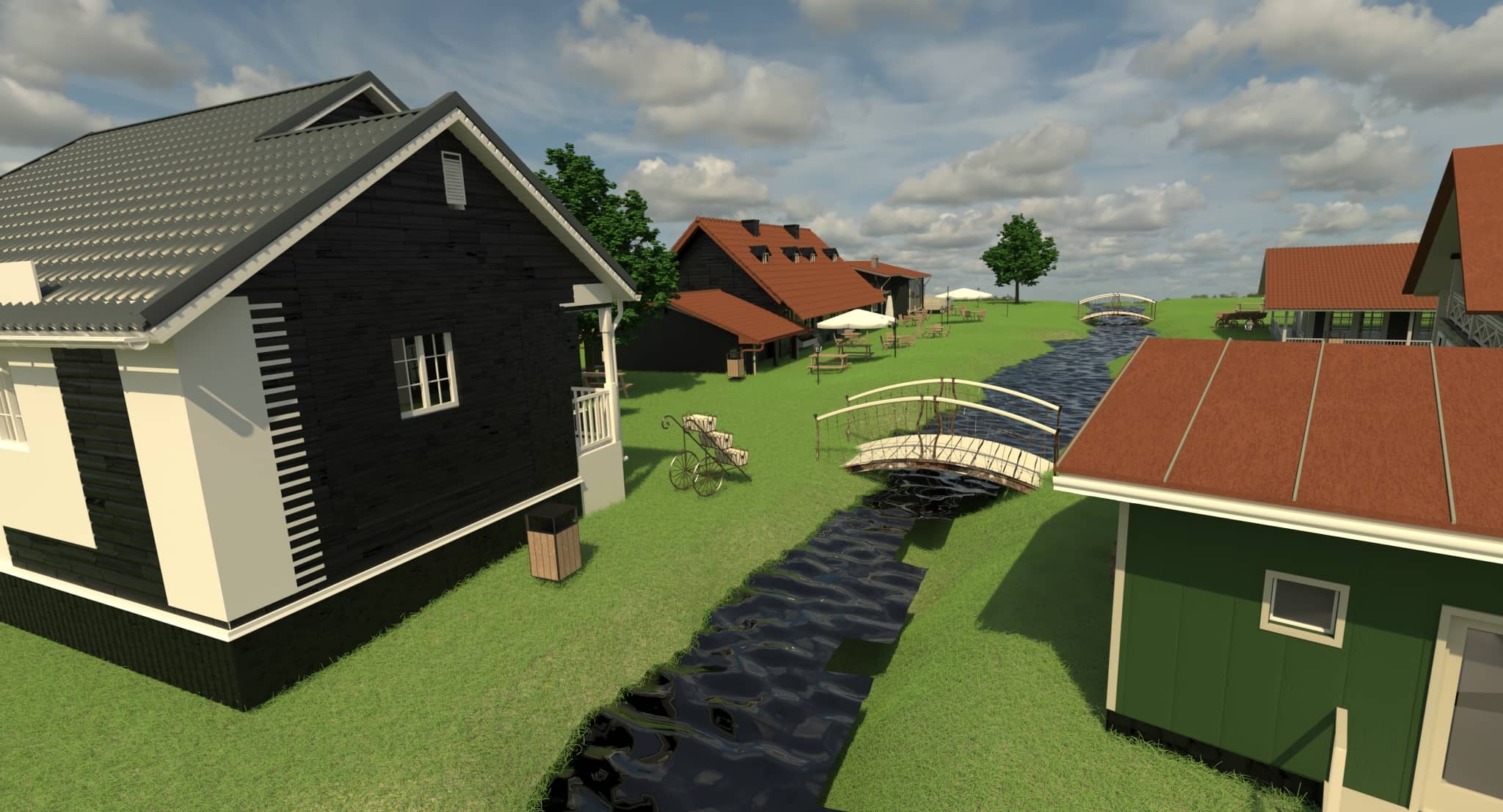
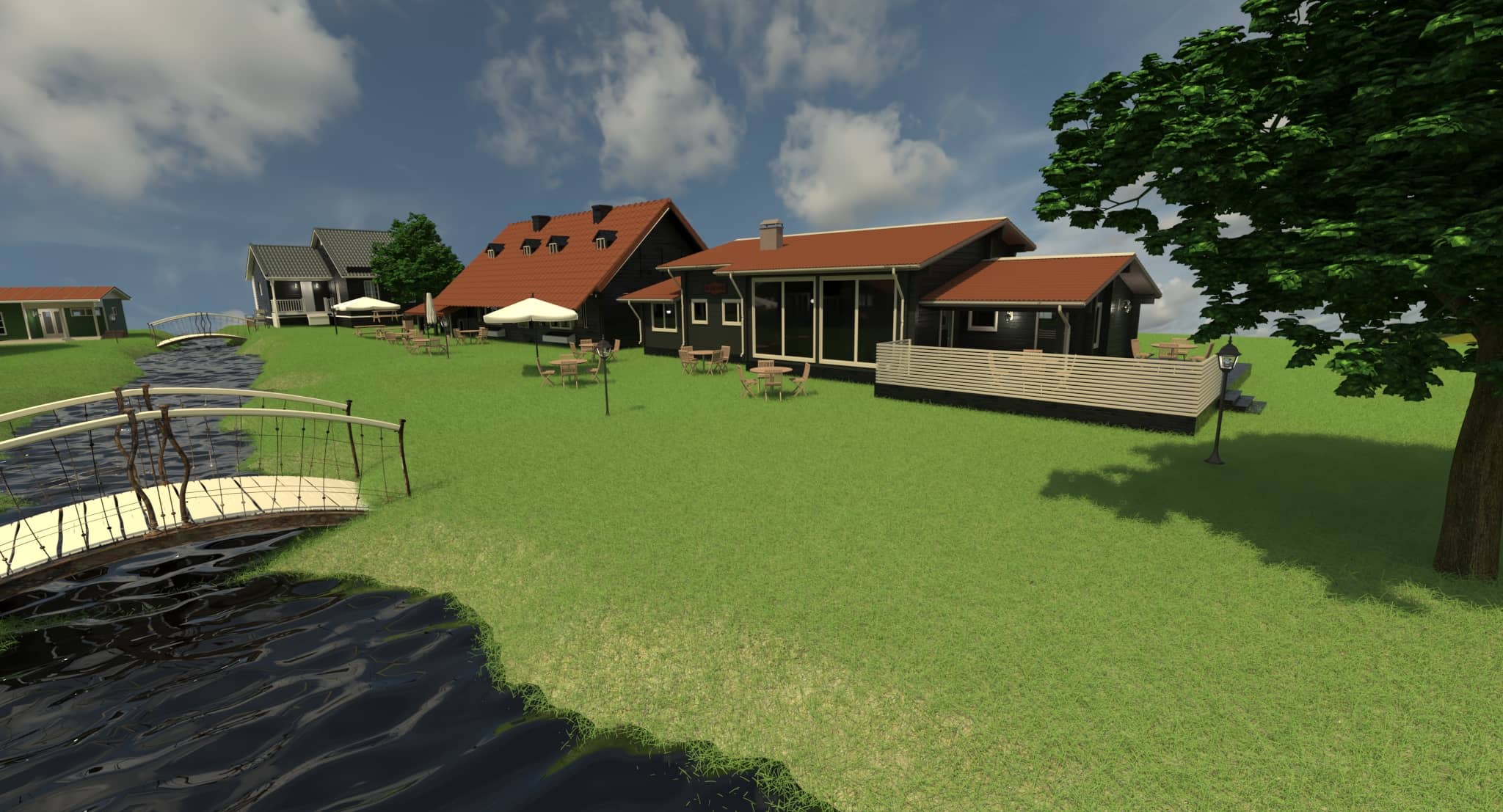
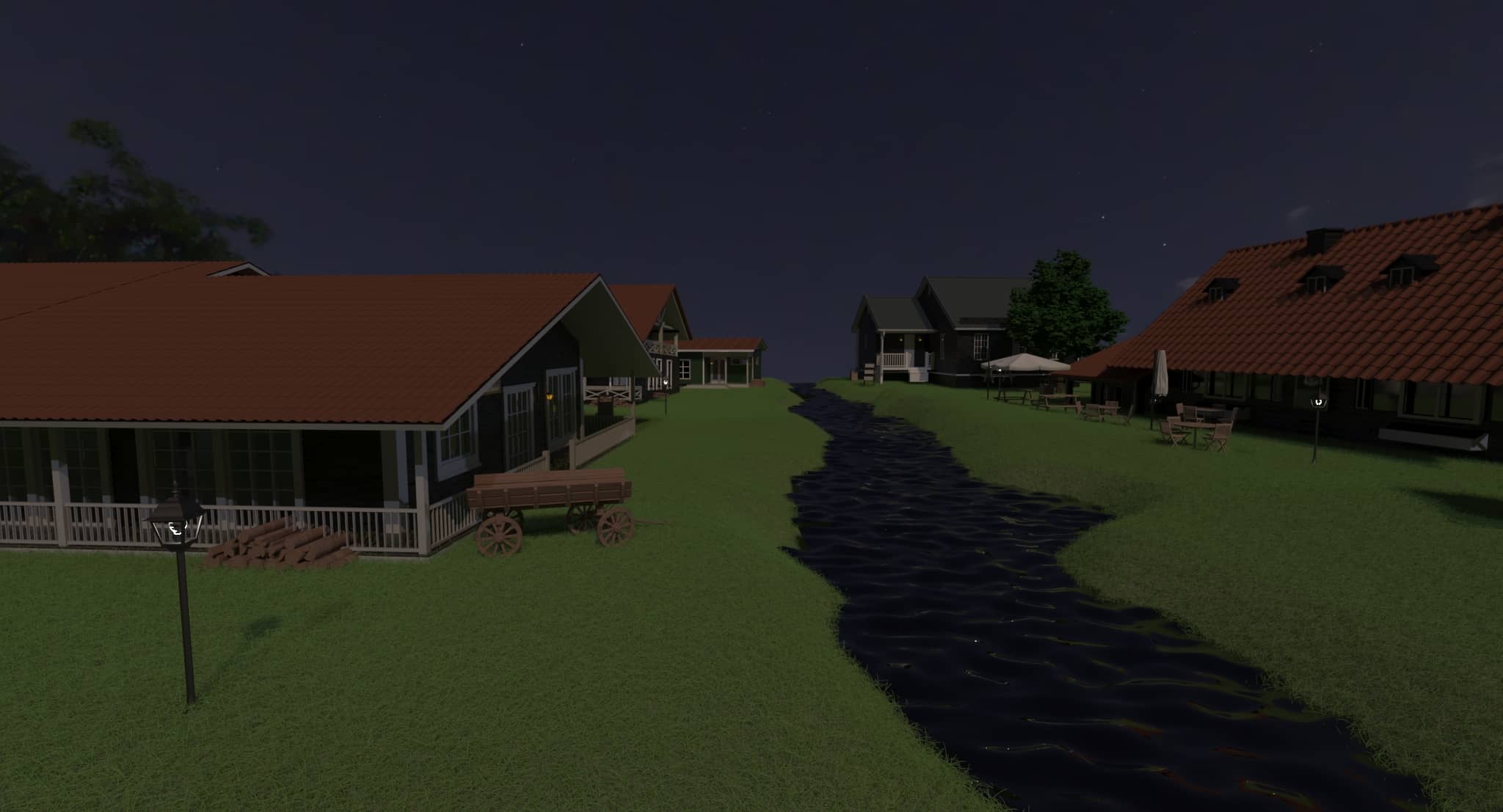
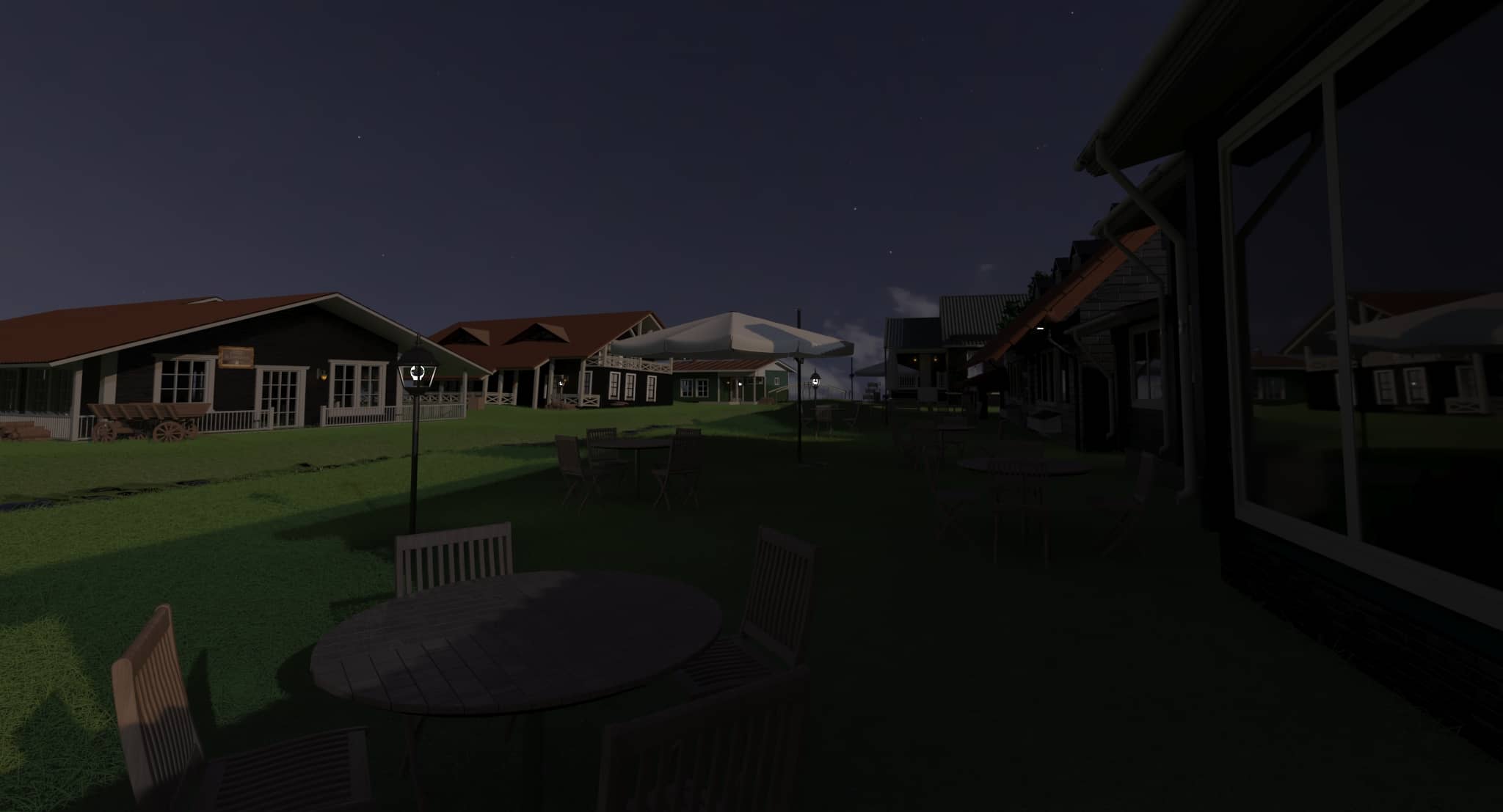
Macbeth theatre design
Design and 3D modeling: Sonia Nosrati (Zahra)
Set Design, Furniture Design, Costume Design, Makeup Design
The play Macbeth is closely associated with the Gothic space, which is characterized by its use of dark, imposing architecture and its focus on themes of decay, death, and the supernatural. These elements are all present in Macbeth, which tells the story of a man who is consumed by ambition and ultimately destroyed by his own hubris.
The late Gothic style, which emerged in the 15th century, is particularly well-suited to the play Macbeth. This period saw a shift towards a more somber and macabre style of architecture, with an emphasis on verticality and asymmetry. This can be seen in the design of the scene, which features Gothic arches, scaffolding, and a sloping floor.
The arches in the design represent Macbeth’s doomed fate. They are always present in the background, looming over the characters and the audience. This serves as a reminder that Macbeth is doomed from the start, and that his downfall is inevitable.The scaffolding represents the instability of Macbeth’s power. It is a reminder that his reign is built on violence and deceit. The scaffolding is also suggestive of a prison, which reflects Macbeth’s growing sense of entrapment as he becomes more and more isolated from others.
The chair represents Macbeth himself. It is old and worn, a reflection of his declining physical and mental state. The grooves in the floor represent the cracks in Macbeth’s psyche. They are a sign of his growing paranoia and guilt.
The lighting design is also important. It will be used to create a sense of darkness and foreboding. The shadows cast by the arches and scaffolding will create a sense of unease and suspense. This will help to create an atmosphere that is both visually and emotionally evocative of the play’s themes and tone.
